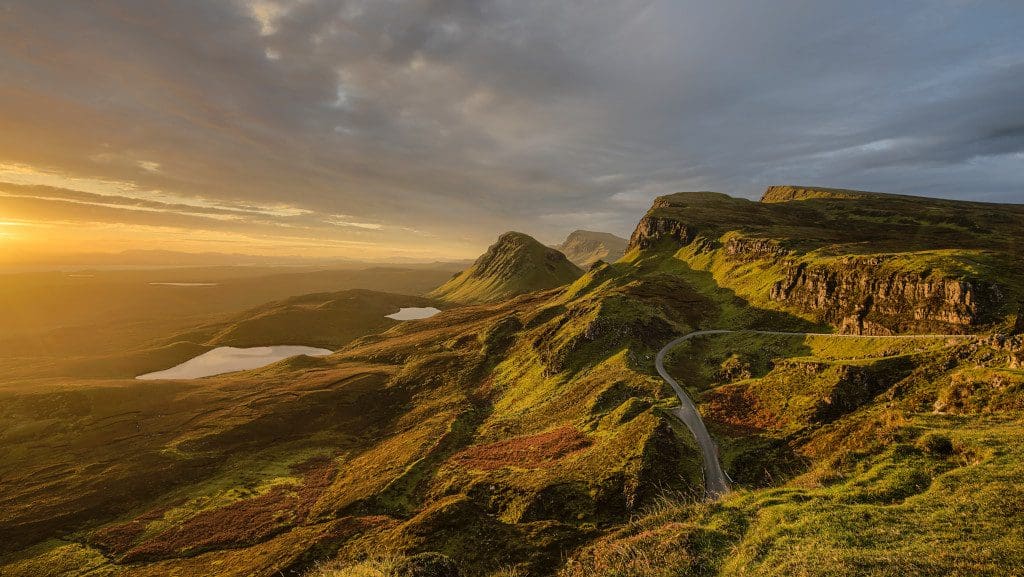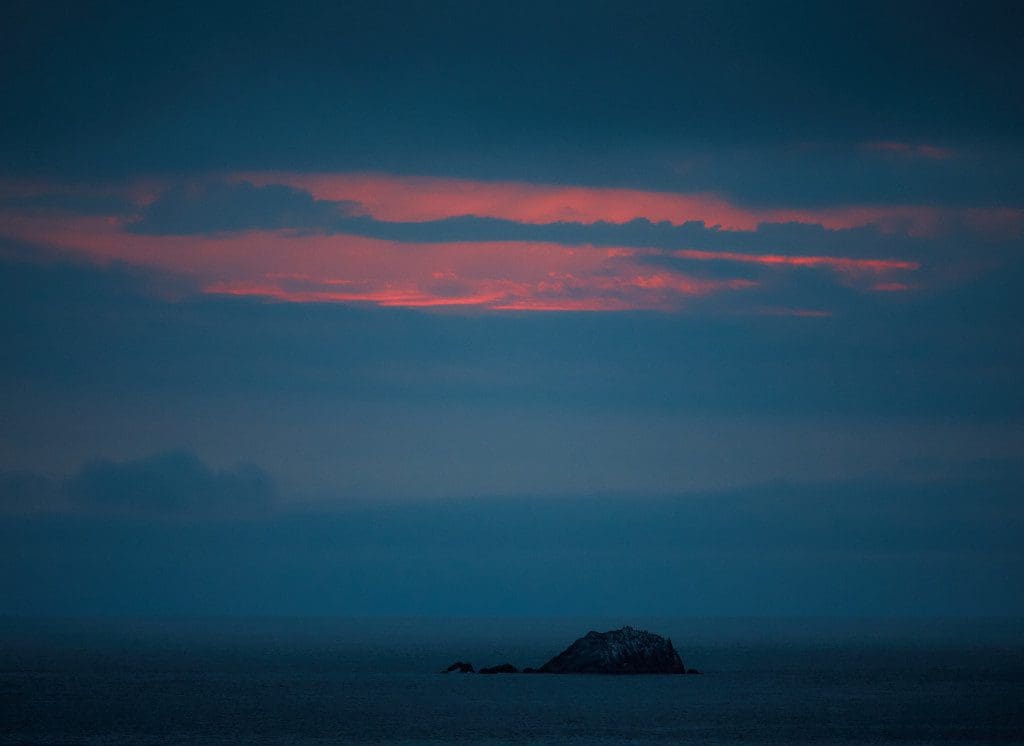Natural light is an essential component of outdoor photography, especially of landscape photography. Photographers spend weeks waiting for perfect weather conditions. Sunlight is also different at different times of the day. If you can decide when to organize a photo session, you should probably take into consideration the golden hour and the blue hour.
Golden Hour
Golden hour means two periods of time: one just after sunrise and one just before sunset. Usually, in the hour after sunrise and the hour before sunset, sunlight is warm, reddish, and really soft. The direction of light is also important. At golden hour, mountains are lightened from lateral, resulting in those glazed orange peaks. Depending on the season and weather, at the golden hour, you may have fog, mist, frost, dew, and other specific phenomena which improve the quality of your images. They are nature’s special effects and they are extremely appreciated in the world of landscape photography.
Golden hour and its special effects give us a great atmosphere to place our compositions in. Use diffuse light to induce romanticism, melancholy, sadness, renewal or ending, love, optimism, and many other human feelings. Golden hour is usually used for vast, open landscapes like mountains and oceans. For large scenery use wide-angle lenses even panoramic perspectives, and a deep depth of field. To enhance even more the glowing of the golden hour you can use a color-enhancing filter. As color is a huge component in these compositions, avoid using black and white photography and focus on the color.

Photo by oldskool photography on Unsplash
The Blue Hour
Blue hour means also two periods of time strictly related to sunrise and sunset. It refers to the period just before the sunrise and the period just after sunset. In other words, the blue hour is the period of time very close to having sunlight. At blue hour you’ll have just an indirect source of light, which makes things pretty dark. In the same time, you’ll have an equally diffused light which can help you achieve a special mood. Because the sun is below the horizon, the existing light will be in a shade of blue. Drivers consider this time of the day the most tricky and with the lowest visibility. Photographers though love it.
Blue hour, the period of twilight, is a time when things have a special meaning and a special color. Shades of blue and violet embrace cities and landscapes. Blue hour is particularly used for panoramic cityscapes and landscapes near the water. It’s a symphony of colors any photographer should try. Challenging, but amazing. Blue hour is challenging because you don’t actually have enough light and getting the perfect exposure may be hard work. Play with ISO and try to use a tripod. Low shutter speeds may be necessary and you want as much stability as you can get. Use wide lenses too and a deep depth of field. Low shutter speeds allow you to soften the scenery even more.

Photo by Vidar Nordli-Mathisen on Unsplash
Golden hour and blue hour are one of the gifts nature gives to photography. Well, they are the gift of life really, but we only talk about photography here. Getting out there, early in the morning or late in the evening, is a way of being part of nature’s life. Soft, colored light is only a reason more. Besides, the golden hour and blue hour are the perfect opportunities to experience, to learn to use the camera, to play with lights and shadows, and to have an amazing feeling of belonging.
If this topic was interesting to you. You may also like this article.

